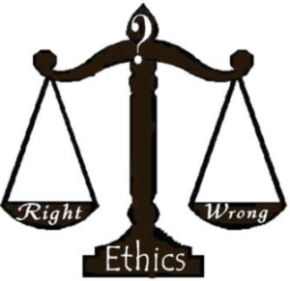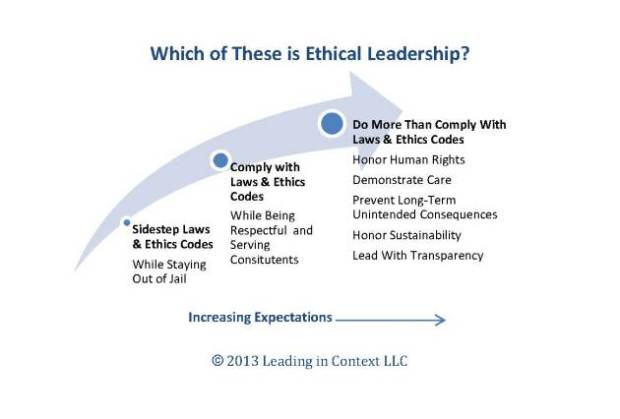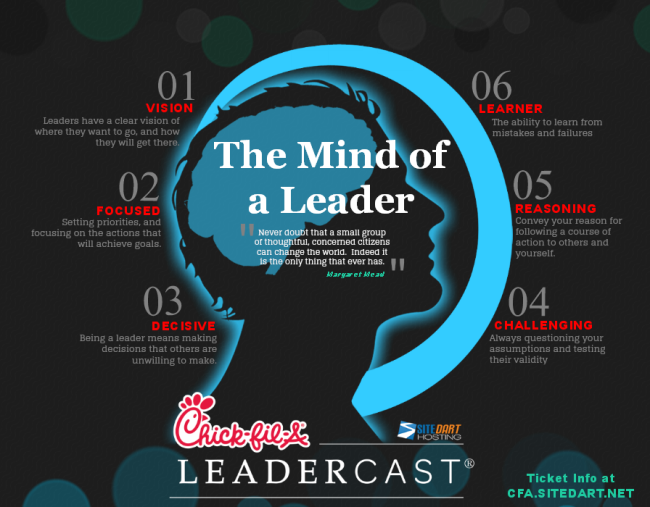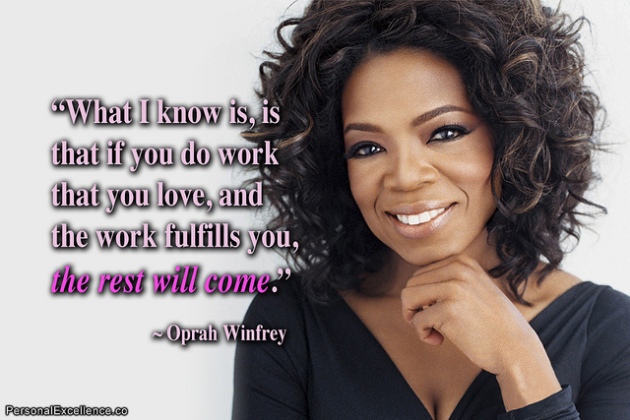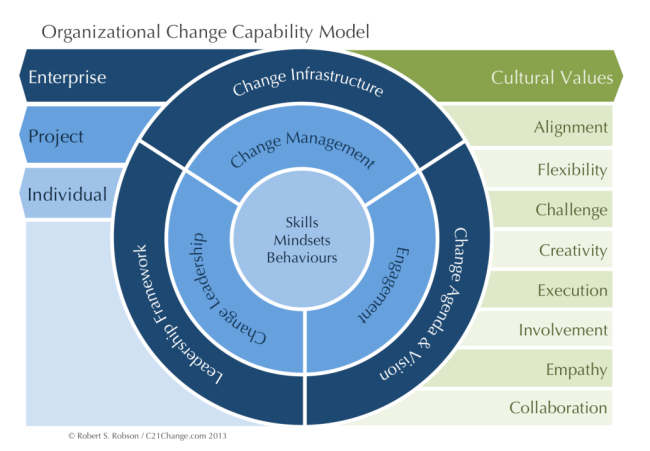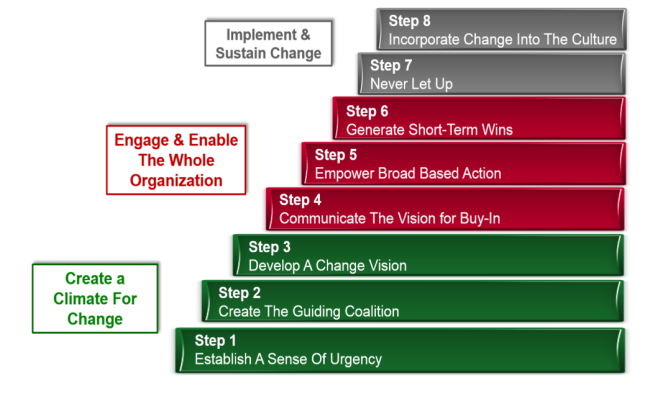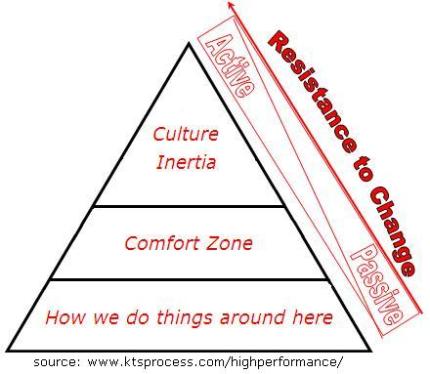“Leadership Vision is the art of seeing the invisible.”
—by Jonathan Swift (1710)
“Where there is no vision the people perish.”-proverb
“If you want to build a ship, don’t herd people together to collect wood and don’t assign those tasks and work, but rather teach them to long for the endless immensity of the sea-Vision.”
— Antoine de Saint-Exupery
“Leadership is the capacity to translate vision into reality.”
Don’t underestimate the power of a vision. McDonald’s founder, Ray Kroc, pictured his empire long before it existed, and he saw how to get there. He invented the company motto — ‘Quality, service, cleanliness and value’ — and kept repeating it to employees for the rest of his life.”
— Kenneth Labich
Leadership Vision Model-
Above figure adopted from http://www.picstopin.com
Great leaders have great vision with great dream–
Nation great leader Nelson Mandela was incarcerated for 27 years in Africa, Nelson Mandela spend almost quarter of his life in Jail, never give up his dream or losing focus of his vision. Nelson Mandela’s own word, “everyone can rise above their circumstances and achieve success if they are dedicated to and passionate about what they do” (Nelson Mandela, 1980).
There are lot of leadership qualities are learnt from great leaders such as Steve Jobs, Bill gates, Warren Buffet, most of the qualities are summed up below-[Robert p Miles (2004)]
- Great leader never swim in Well, ‘they do not play small’….
- They want to be benefits covering not only Nation but also spread throughout World…
- Great leader having courage, courage will never die if leader might die…
- The great leader capable of defeat and conquer the fear, before fear attacking the leader……
- Great leaders are role model, they not only inspires others but also bring changes in other life….
- Great leader are humble-Great leaders practice humanity….
Great leader Mr Warren Buffet’s Management and leadership vision for his company-
Warren Buffett is always humble to build the qualities of excellent leadership. Warren Buffer talks about the trust and mutual respect between all levels of management. Warren Buffett said that “provide the overall vision of where industries might be going, and then acquires good companies that have strong business executives to help shape and execute the vision” (Warren Buffet, 2006).
Mr Buffett’s management style involves and bringing opportunities to CEO’s of his companies participate in visionary discussions and bringing things which are most headed. Warren said that “realizes inputs from trusted colleagues are invaluable, and encouraged and the same time principal applies to all sizes of companies, and all good leaders surround themselves with very knowledgeable people to participate in shaping the vision”(Warren Buffet, 2006).
Success of executives lies with ability to have proper vision. Vision defined as, “unusual competence in discernment or perception, or intelligent foresight. Many people claim to be visionaries, and history has proven most people don’t have that ability” (American Heritage, 2004)
A good leader with vision understands that how much risks could be taken to go hand in hand with desired vision. Having proper vision and not having the courage to achieve it or to follow on vision is certainly couldn’t reach success ladder edge. (Wahba. P 2008)
The old cliché “no risk, no reward” and “no guts, no glory” are all part of the complexities of taking vision and following through until reaching it.
Warren Buffett is perfect man with vision. Bill Gates is another example, and John Chambers, the CEO of Cisco Systems is starting to demonstrated vision, proved excellent business executive. (Kotlyar, 2007)
Meg Whitman, the CEO of eBay proved her ability and proper vision achieved through both good and bad times in the business. (Kotlyar, 2007)
My Strengths to be leader in Banking Industry-
Banking business and industry knowledge-To be successful leader in Banking Industry it is essential to have knowledge of banking business. I have studied the Banking business and also analysed the skill required by managers to handle the day to day business transactions.
Self-Motivation-
I am dedicated and self-motivated to achieve the desire goals required by business. It is an essential tool to achieve the long term goals and objectives.
Area to be develop as a leader in Banking Industry-
Marketing skills-
Business can succeed without good marketing channels, promotional and advertising; an effective communication should flow towards target market and needy customer. Good marketing plans and promotions skills are highly recommended for success of banking business.
Proper Vision-
All business have built plan, goals, vision, vision is not enough, and courage to turn vision into a success is smart leader.
Customer and vendor relationship-
A good long term relationship enables the business to flourish and good supplier and distributor is central key to entrepreneurial success.
Leadership skills developed, progressed through MBA–
<Figure adopted from Google images>
Warren Buffet video on Youtube interviewed by CNBC- Topic ‘Leadership Vision’,
Please click the link below-
Conclusion-
Whatever the a leader wanted to be achieved it can be done with cooperation of people and also proper long-term vision to be applied, with proper guiding, training to people, with creating peace and harmony, equality in work, committed to work with democratic rule, improved performance and better working environment.
References-
Mullins, J.L. (2013), ‘Management and Organisational Behaviour’, 10th edition. Leadership Effectiveness, pp.394-396
Kotlyar, I., & Karakowsky, L. (2007). Falling Over Ourselves to Follow the Leader. Journal of Leadership & Organizational Studies
Warren E Buffett, CEO Compensation. Forbes. March 30, 2006. (Online) Available at <http://www.forbes.com/fdc/welcome_mjx.shtml> Accessed on 01.03.2014.
Wahba, Phil (September 17, 2008). “Bill Gates tops US wealth list 15 years in a row”. Reuters. (Online) Available at <http://www.ibtimes.com/worlds-richest-people-bill-gates-tops-forbes-billionaire-list-2014-aggregate-wealth-reaches-64> Accessed on 01.03.2014
Robert P. Miles (2004). Warren Buffett wealth: principles and practical methods Accessed on 01.03.2014
Mandela, Nelson (1994). Long Walk to Freedom: The Autobiography of Nelson Mandela. Randburg: Macdonald Purnell. p. 438.
Robert Greenleaf, the Servant as Leader (Minnesota: The Robert K. Greenleaf Center, 1970)
Stephen R. Covey, Principle-Cantered Leadership (New York: Summit Books, 1992)









